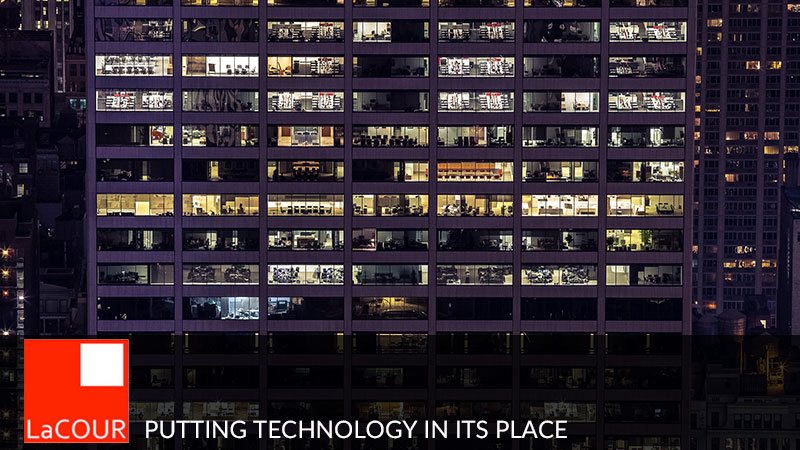
The Advantages & Disadvantages of Open-Concept Offices

An open office plan is a type of architectural and interior design floor plan for an office, which consists of a large room or hall that has virtually no internal walls or partitions. Instead of dividing the place into several small rooms or private offices, the furniture acts as a way of segmenting the different spaces. While open-concept offices are not something new, they are currently back in trend.
Open-concept offices have their advantages and disadvantages. You must consider the needs of your current working environment before understanding which design is best suited for your floor plan.
Creativity, Flexibility & Adaptability
One of the biggest advantages of “open-concept” is that it gives you a larger playing field in terms of flexibility and experimentation in your office design. You can be as creative as you want; as there are no barriers or boundaries to working within the space. Furthermore, there is increased adaptability as workstations need to be added or removed for new employees. To this same argument, the cost of adding and removing offices designed in this style is significantly less than in a closed office setting.
Improving Communication & Innovation
You literally cannot have anything but an “Open Door Policy” when working in an open-concept environment. The advantages seem quite obvious; making employees and supervisors more approachable and allowing for colleagues to have efficient and immediate interactions. By removing physical barriers, you improve the flow of ideas between team members by allowing employees to have impromptu collaboration sessions while at their desk and even mid-task. In turn, this creates a team building environment and boosts employee morale. By being able to have constant communication, employees are more tuned into the work happening within their team and other departments. This helps to encourage sharing of information and reduction of redundancies. While there are a variety of advantages this design offers, it can also cause distractions and lower productivity due to lack of privacy and quiet time.
Changing the Outlook
While an open-concept will improve the ability to communicate and collaborate, when it comes to getting down to the tasks at hand, it can cause some barriers for the employees. Even if your employees can work with the white noise of dialogue in the background, sometimes the impossibility of changing up the physical space you work in can lower productivity. Many people need to move to a different setting to get work done. An open-concept does not allow for this, as space and the layout seldom, if ever, change. This brings me to my closing remarks …
Overall, both types of office designs have their pros and cons, so you need to select the design depending on what suits your companies needs and working environment best. However, what is being seen now more and more, is a fusion of both concepts allowing the company and its employees to gain the benefits of both designs.
